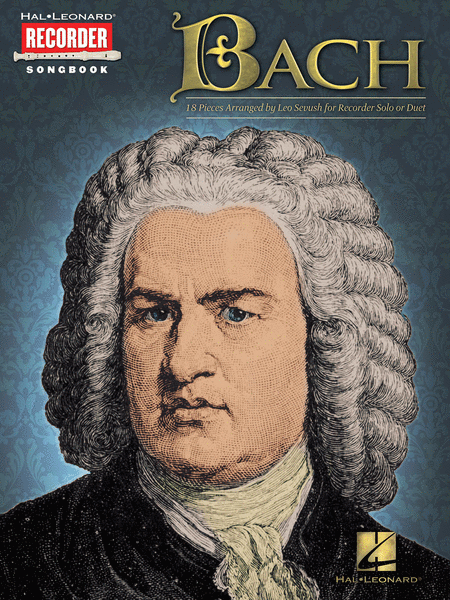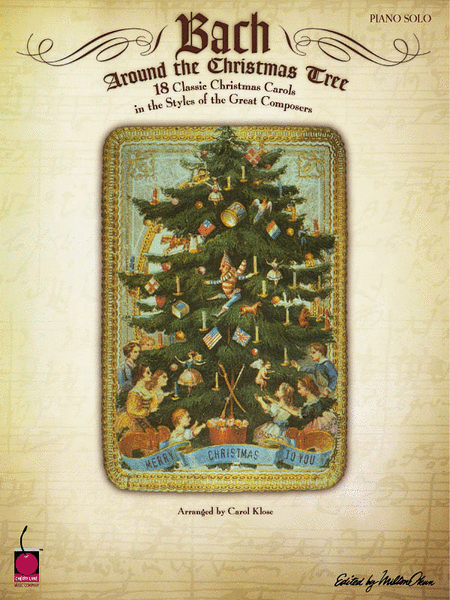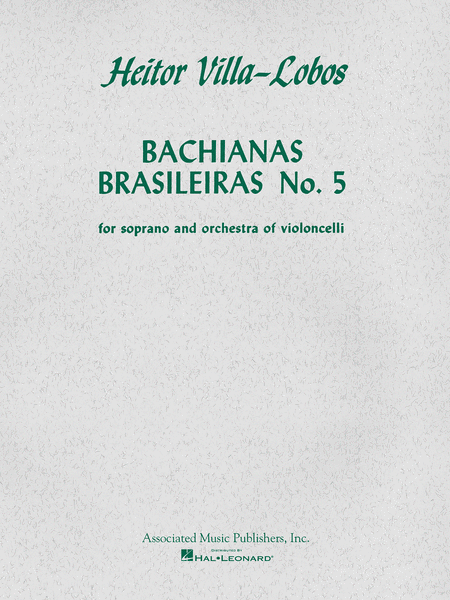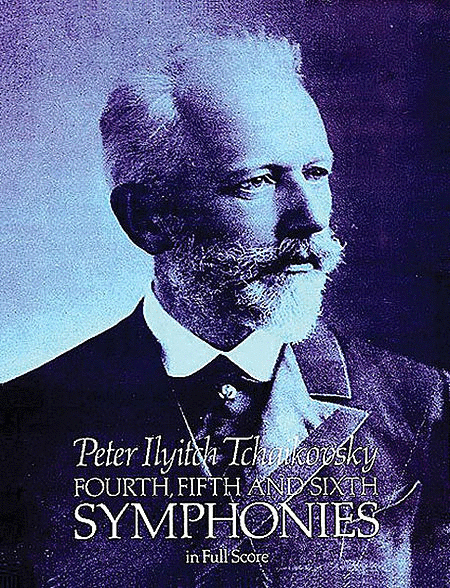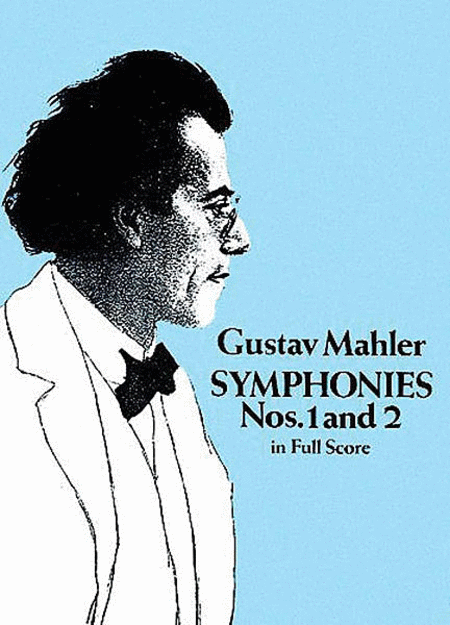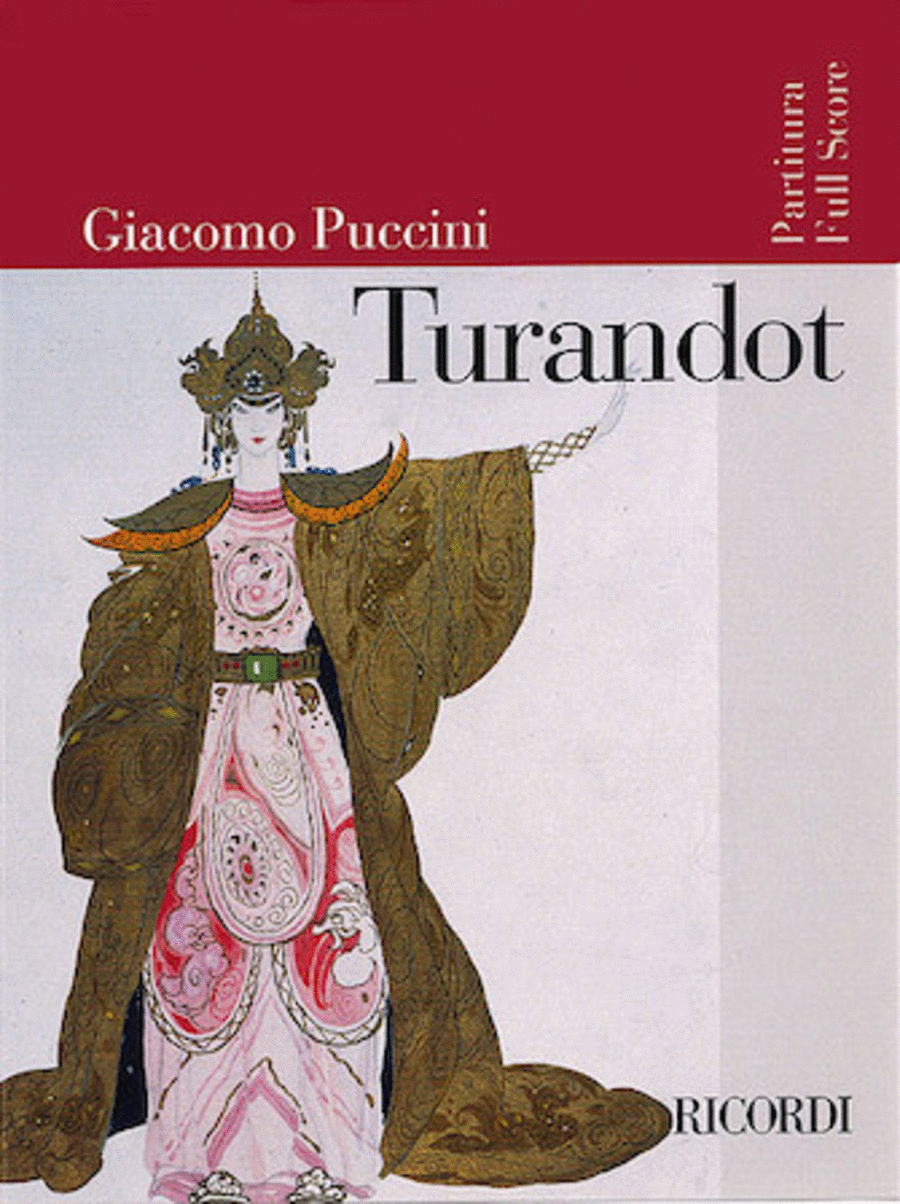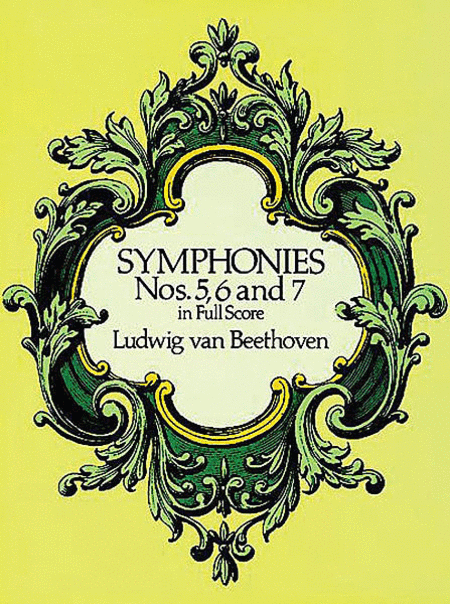Sehet, wir gehn hinauf gen Jerusalem (Behold, let us go
up to Jerusalem), BWV 159, is a church cantata by
Johann Sebastian Bach. He composed it in Leipzig for
the Sunday Estomihi, the last Sunday before Lent, and
probably first performed it on 27 February 1729.
Bach wrote the cantata in Leipzig for Estomihi. The
Sunday, also called Quinquagesima, is the last Sunday
before Lent, a period when Leipzig observed tempus
clausum and no cantatas were performed. In 1723 Bach
had performed two c...(+)
Sehet, wir gehn hinauf gen Jerusalem (Behold, let us go
up to Jerusalem), BWV 159, is a church cantata by
Johann Sebastian Bach. He composed it in Leipzig for
the Sunday Estomihi, the last Sunday before Lent, and
probably first performed it on 27 February 1729.
Bach wrote the cantata in Leipzig for Estomihi. The
Sunday, also called Quinquagesima, is the last Sunday
before Lent, a period when Leipzig observed tempus
clausum and no cantatas were performed. In 1723 Bach
had performed two cantatas on the Sunday, Du wahrer
Gott und Davids Sohn, BWV 23, composed earlier in
Köthen, and Jesus nahm zu sich die Zwölfe, BWV 22,
audition pieces to apply for the post of Thomaskantor
in Leipzig. In 1729 the cantata was the last one
performed on a Sunday before the St Matthew Passion on
Good Friday of that year. The prescribed readings for
the Sunday were taken from the First Epistle to the
Corinthians, "praise of love" (1 Corinthians 13:1--13),
and from the Gospel of Luke, healing the blind near
Jericho (Luke 18:31--43). The gospel includes Jesus
announcing his suffering in Jerusalem. Whereas Bach's
former cantatas also considered the healing, this work
concentrates on the view of the Passion.
The text was written by Picander, who also wrote the
text for the St Matthew Passion, and was published in
his Jahrgang of 1728, therefore a first performance in
1729 seems likely. The poet concentrates on the
announcement of suffering, which is regarded as
tremendous (movement 1), as an example to follow (2),
as a reason to say farewell to earthly pleasures (3),
finally as a reason to give thanks (4, 5). In movement
2 the poet comments the recitative by stanza 6 of Paul
Gerhardt's hymn O Haupt voll Blut und Wunden, which
appears in the St Matthew Passion in this and four
other stanzas. The beginning of movement 4, Es ist
vollbracht ("It is finished" or "It is fulfilled",
(John 19:30), appears literally in the Gospel of John
as one of the Sayings of Jesus on the cross, and is
foreshadowed in the Sunday's Gospel (Luke 18:31).[1]
Bach's St John Passion contains an alto aria on these
words, as a summary immediately after the death of
Jesus. The closing chorale is the last of 33 stanzas of
Paul Stockmann's "Jesu Leiden, Pein und Tod"
(1633).
Movement 1 is a dialogue of Jesus and the Soul. The
soul is sung by the alto, Jesus by the bass as the vox
Christi (voice of Christ). Bach achieves dramatic
contrast, setting the words of Jesus as an arioso,
accompanied by the continuo, the Soul's answers as a
recitativo accompagnato, accompanied by the strings.
The instrumentation is opposite to the treatment in the
St Matthew Passion, where the words of Jesus are
accompanied by the "halo" of a string quartet. The word
"Sehet" (literally: see!) is expressed in a long
melisma, the move toward Jerusalem in an upward scale.
The text is repeated several times, accenting different
words to present different aspects of its meaning. In
movement 2, the expressive melodic lines of the alto
are commented by the chorale on the melody of Befiehl
du deine Wege. The cantata culminates in movement 4,
the vox Christi reflecting the completion of the
Passion, Es ist vollbracht. The oboe introduces a
meditative motifs which the bass picks up, both resting
on sustained strings. The middle section illustrates
the words "Nun will ich eilen" ("Now I will hasten") in
runs of the voice, oboe and violin. A quasi da capo
resumes the first motif on the words "Welt, gute Nacht"
("World, good night"). The closing chorale is a
four-part setting.
Although the cantata was scored for alto, tenor, and
bass soloists, a four-part choir only for the chorale,
oboe, two violins, viola and basso continuo including
bassoon, I created this arrangement for Oboe, Bassoon &
String Quartet (2 Violins, Viola & Cello).


